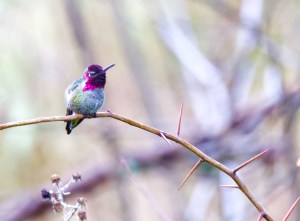Birdwatching Pileated woodpecker — another drummer
Published 11:43 am Thursday, July 2, 2015

- Pileated woodpeckers can be observed at Cape D, Beard's Hollow and Leadbetter Point.
The pileated woodpecker, like the hairy and downy woodpeckers, is also a drummer. The drumming is loud and is used to proclaim territory, but it is not the Ringo Starr of birds. Its call, however, is loud, and a lot louder than those of either the downy or the hairy. The pileated sounds like a flicker, but is much, much, louder and stronger.
Trending
Evidence that a pileated woodpecker is in the area is the presence of deep, wide rectangular holes in trees. The pileated digs these holes as it forages for ants and wood boring beetle larvae. It has a long, sticky, saliva covered, pointed, tongue with barbs that it uses to extract the ants and beetles out of tunnels in the wood. It will also eat fruit and nuts.
The pileated is the largest woodpecker in North America. It is the size of a crow. Its body is nearly all black with white wing linings. The male has a prominent red cap, white face and neck stripes, a red moustache and a gray bill. The female is similar, but her moustache stripe is black, as is her cap.
Look for this bird in the forest and at forest edges. It is considered uncommon in the Willapa National Wildlife Refuge and in other areas of the Peninsula, but is seen all year round. The best locations include Cape D, Beard’s Hollow and Leadbetter. In addition to insects, the pileated enjoys suet and sunflower seeds. Thus, we can also look for this woodpecker at feeders, but looking in areas with hollow trees and snags is the best bet!






